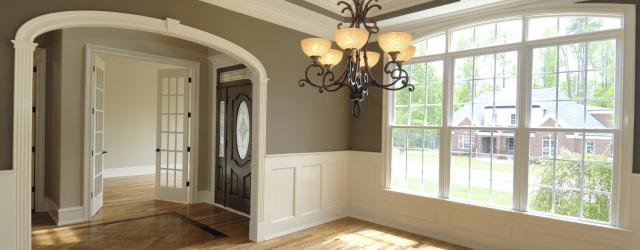January 2019 Real Estate Statisics
Sales numbers decreased in December 2018. What does that mean in the housing market? Fewer properties sold, so more to choose from.
“A grand total of 7,150 properties sold over the course of 2018, 20 per cent fewer than the 8,994 sold in 2017. 2018 sales came in very close to the ten-year average of 7,351 properties sold. Condominium sales totalled 2,162 in 2018, compared to 2,783 in 2017. Single family home sales were down from 4,069 in 2017 to 3,187 in 2018.
The Multiple Listing Service® Home Price Index benchmark value for a single family home in the Victoria Core in December 2017 was $832,000. The benchmark value for the same home in December 2018 increased by 3.2 per cent to $858,600, lower than November's value of $865,200. The MLS® HPI benchmark value for a condominium in the Victoria Core area in December 2017 was $464,300, while the benchmark value for the same condominium in December 2018 increased by 8.2 per cent to $502,400, slightly more than November's value of $500,500.”
"The market in 2019 will continue to be quieter than in previous years, as buyers and sellers adjust to new market conditions and government policies," adds President Kerr. "Inventory is still quite low when you look at a longer range, which will continue to put pressure on pricing. Our overall economy is predicted to slow slightly, and that will likely mean a slower increase in interest rates but also slower growth. The good news is that savvy buyers will have more time to find their new homes, and that sellers will be under less pressure if they are planning to move within our market.
This means more opportunity for buyers and that the market is approaching Normal values. Watch for some price reductions while the market remains strong compared to Alberta.
Remember in evolving markets like ours, it's important to enlist the services of a REALTOR® to help you navigate what may be your largest transaction ever."






